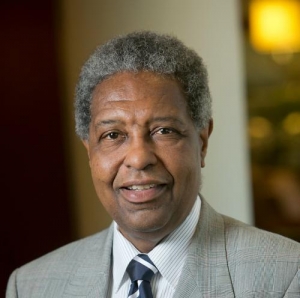By Jamie Smith Hopkins February 25, 2022
WATERLOO, Iowa – A bank is not a typical startup.
The Federal Deposit Insurance Corp. and another banking agency, federal or state, must both sign off. After the Great Recession hit – contributing to more than 500 bank failures – regulators demanded more capital and more evidence of community need. And investors weren’t so eager to jump on board.
“It’s a very different world today than it was then,” said Nathan Stovall, lead banking analyst for S&P Global Market Intelligence. “There just were too many banks.”
Organizers started more than 100 on average nationwide each year from 1990 to 2008, according to the Federal Reserve Board. From 2009 through 2020, that annual number sank to six.
…
Duke University’s William Darity Jr. sums up the wealth gap with one big number: $840,000.
That’s how much less net worth the average Black family had in 2019 compared with the average white family.
The average is skewed upward by massive wealth at the very top, part of a larger story of American inequality that cuts across race. The very top is overwhelmingly white, which comes right back to Darity’s point.
Darity has spent decades studying the gap, seeing it however the numbers are sliced. Marriage doesn’t solve it, advanced degrees don’t close it, homeownership isn’t a magic bullet, his and others’ research shows.
Black banks, he said, as helpful as they can be to the communities they serve, aren’t the solution.
Their assets combined were just shy of $5.6 billion at the end of 2020.
The nation’s largest bank, JPMorgan Chase, was 541 times that size.
Even those assets fall far short of the extent of the gap.
“If we were to identify the amount of resources that it would take to bring the Black share of wealth into consistency with Black America’s share of the nation’s population, it would require approximately a minimum of $11 trillion,” Darity said. “It’s clearly not something that can be done by the existing apparatus of Black banks, nor can it be something that would be accomplished by incremental increases in the number or scale of Black-owned banks.”

